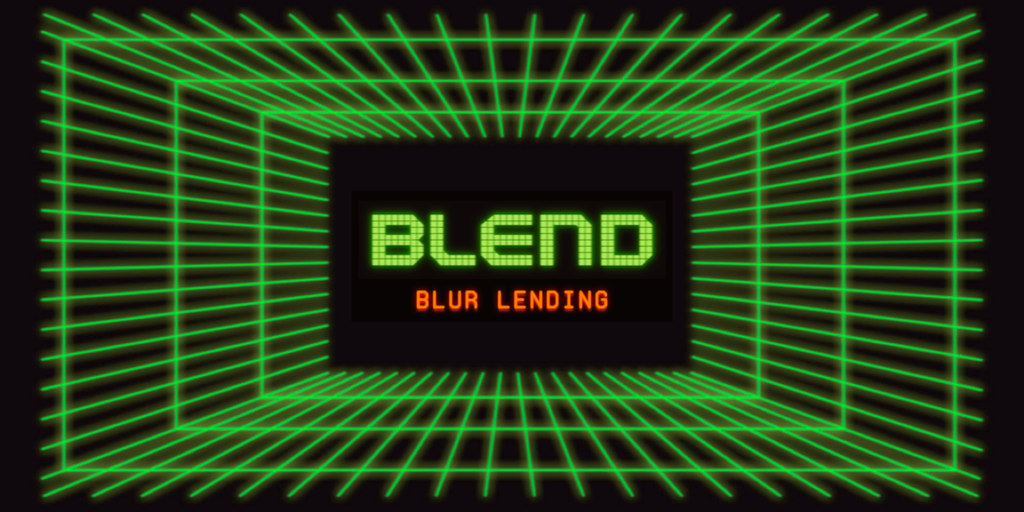Opinion: Blockchain Can Redefine Impact Investing – Here’s How | The Social Enterprise Magazine

 In 2022, the Global Impact Investing Network estimated the size of the impact investing market at $1.164tn, making it the first year it reached the 12-zero mark. The organization’s CEO, Amit Bouri, called this a significant psychological milestone for the industry as it matures and grows in sophistication.
In 2022, the Global Impact Investing Network estimated the size of the impact investing market at $1.164tn, making it the first year it reached the 12-zero mark. The organization’s CEO, Amit Bouri, called this a significant psychological milestone for the industry as it matures and grows in sophistication.
In the future, and on the way to the next trillion, the success of impact investing will largely depend on the ability to meet some of the most notorious challenges. Measuring impact has been one of the main barriers to the industry’s growth, making it difficult to attract capital, assess investment performance and trust results. Nevertheless, studies show that the ability to deliver, measure and demonstrate concrete effect is increasingly important for global institutional investors.
The ability to deliver, measure and demonstrate concrete impact is increasingly important to global institutional investors
To overcome the various limitations, the industry is ready to exploit new methods, approaches and innovations. One of these could be blockchain, a promising technology that has already shown great potential to redefine impact investing. Let’s explore how.
1. Transparency and better measurement structures
Blockchain is a decentralized digital ledger that records data verifiably and immutably (the data cannot be changed). It can therefore be conceptualized as a trust machine. For projects, it is a tool to better prove their impact; for investors, it enables them to track the progress of their investments and demand accountability.
Let’s say a farmer in Colombia wants to raise money to expand his organic cocoa farm. Her investors can track the progress of the investment, including the use of funds, the expansion of the farm and the creation of new jobs using data (text, images, audio, even video) provided by the farmer and proven authentic by the blockchain. From organic certifications to the condition of the equipment, it is possible to verify even the most detailed information as it develops.
There are real-world examples of this. HARA, an Indonesia-based decentralized data exchange, has pioneered a model where farmers are rewarded for a wide range of data submissions, from cultivation data to farmer identification to financial transaction data. Farmers are encouraged to participate by giving them access to benefits, such as smallholder financial services.
This level of traceability, supplemented where possible with supporting evidence from the ground (such as soil data from the farm), makes it easier to demonstrate the investment’s impact, increase confidence and help attract more capital. Blockchain can also help implement impact data standardization frameworks, which can ultimately enable effective comparisons across projects and replication of best practices in measurement, reporting and verification.
This level of traceability makes it easier to demonstrate the investment’s impact, increases trust and helps attract more capital
2. Driving efficiency for maximum effect
With blockchain, all parties involved in an impact investment can have access to the same structured information – a key element for successful automation of processes.
A good example is blockchain-enabled smart contracts – self-executing treaties with their terms directly embedded in lines of code. They can automate various processes, such as transferring assets, releasing funds and tracking performance metrics on published data. This saves time and reduces the need for intermediaries, which results in lower transaction costs and faster implementation of impact investment agreements.
Imagine an impact investment fund that aims to finance a waste management project in Tanzania. The fund requires investors to provide capital to the project, with the promise of a return when the project is completed and generates income through recycling surpluses. Without smart contracts, managing the fund, tracking investments and distributing returns would likely be done manually – creating a risk of errors, delays and even fraud. With smart contracts, however, all of these can be controlled actions based on predetermined conditions, which ensures the smooth implementation of an impact project.
A regenerative finance project successfully implementing smart contracts for crowdfunded impact investing is Ethic Hub, a company started in Spain that is redefining what might previously have been called microfinance. By disbursing small-scale loans to farmers, whose alternative financing options previously involved interest rates rising as high as 100%, Ethic Hub uses blockchain technology to both democratize impact investing (minimum investment is only around $20) but also to reduce risk. investments using its native token, Ethix, as a backup for Ethic Hub’s compensation pool. Since its founding in 2018, Ethic Hub’s platform has funded 450 projects, deployed USD 3 million in capital with a default rate of 1.2% and returned 9% to investors.
3. Enabling access and community
Another benefit of blockchain in impact investing is how it pluralizes investors and democratizes implementers.
Blockchain-enabled tokenization, the process of issuing digital assets that represent real-world assets or impact, is a good example. Whether the project supports water sanitation or women’s economic inclusion, tokenization allows us to create marketplaces for positive externalities that we have traditionally struggled to price. By enabling greater liquidity, tokens can be bought, sold and traded, allowing investors to exit their investments whenever desired.
In addition, tokenization invites a wider range of investors to the table, including those who may have previously been excluded from projects due to high minimum investment thresholds or other institutional barriers. This is done through shared ownership, where investors own tokens that represent part of an impact investment and share their returns.
Communities can also experience many benefits. For example, a community-driven project that wants to provide clean drinking water in a village in Bangladesh may require a large amount of capital to build a water treatment plant and distribution network. Traditional investment options, such as bonds, loans or equity investments, may not be available to a local community. Nevertheless, the project can be financed through digital tokens that can be sold globally, welcoming a wider pool of capital.
The project can be financed through digital tokens that can be sold globally, welcoming a wider pool of capital
This community can also leverage blockchain-enabled structures such as Decentralized Autonomous Organizations (DAOs) to establish governance systems for their water infrastructure. In this way, they can better track their collective decision-making and build further trust. To this end, they can even invite local change-makers and researchers to engage in decentralized data collection, with bounty systems that reward contributors with tokens, to act as independent observers.
In an effort to stimulate conservation as an alternative to deforestation among traditionally excluded indigenous communities in Colombia’s Amazon region, KOKO DAO has established a community-owned initiative to source and finance alternative forest economic opportunities (pictured above). As founder Ana Maria Mahecha says: “We believe that society’s involvement must start with the inclusive design of our projects and incentives. Sometimes we forget that the communities have so much insight and knowledge about their country – they are the experts. Just as you would give a seat to an important part of your team in a design session, giving a seat to a community leader will provide tremendous value.”
This is not an exhaustive list, but rather an insight into what blockchain technology can achieve in the area of investment. The year 2023 will be defined by further exploration of this potential, as well as identification of both blockchain’s opportunities and challenges.
- Erin Murphy is growth manager at Topl.
Top picture: A rice seller inspects the harvest in a rice field (photo Odua/Freepik). Other photos: courtesy of Erin Murphy; Coco DAO.
Thank you for reading our stories. As an entrepreneur or investor yourself, you know that producing quality work isn’t free. We depend on our subscribers to sustain our journalism – so if you think there’s value in having an independent, specialist media platform covering social enterprise stories, please consider subscribing. You’ll also buy socially: Pioneers Post is a social enterprise in its own right, reinvesting all our profits into helping you do good business, better.
























